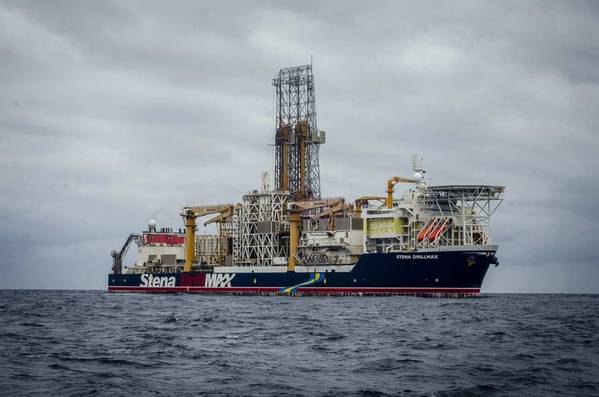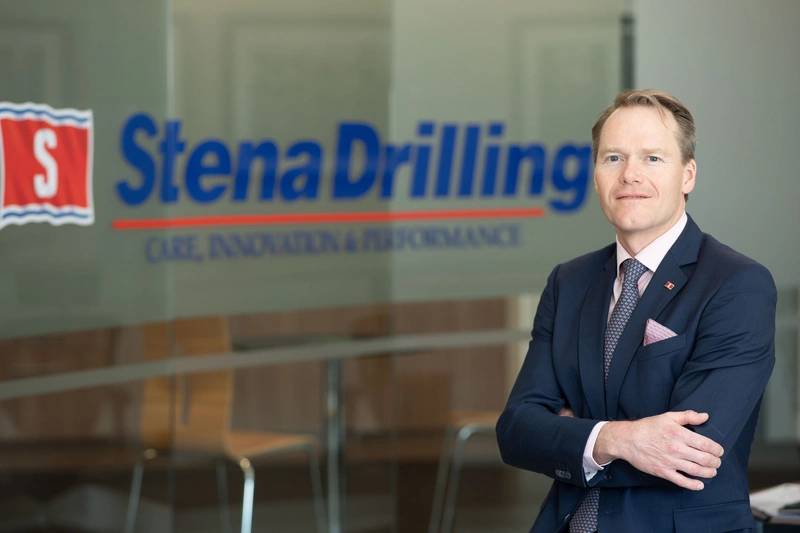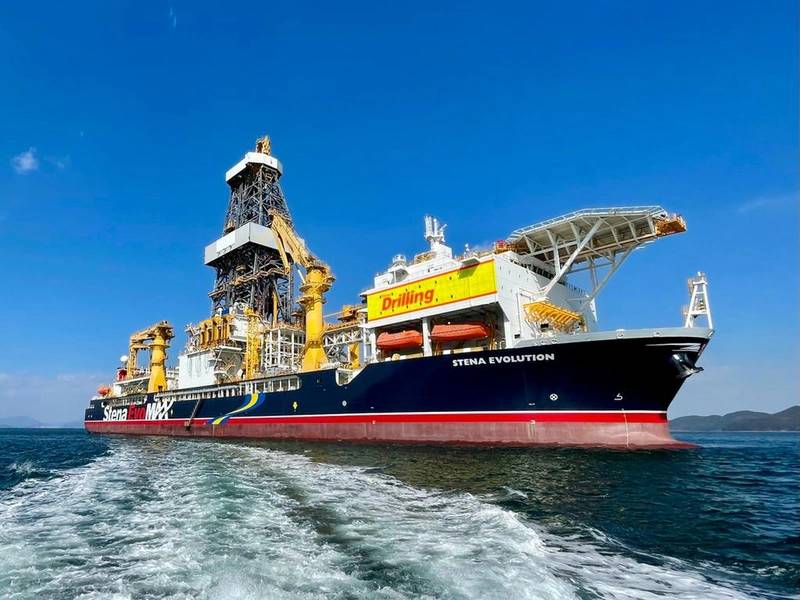
As the offshore oil and gas industry transitions to more sustainable practices, drilling rig operators are faced with demands to implement greenhouse gas (GHG) abatement measures as part of their workload. Being the owner of the first ever drillship that secured DNV’s Abate(P) notation, Scotland-based offshore drilling contractor Stena Drilling discusses everything the company is doing to make its drill-ships ‘greener’.
The first step to reducing its carbon footprint for Stena Drilling is to follow the ISO 50001 standard guide for assessing the impacts its energy use and the resources could be conserved.
ISO 50001 is a voluntary international standard, applying to organizations of any size, which provides requirements for establishing, managing and improving their energy consumption and efficiency.
In January 2022, Stena Drilling received ISO 50001 certification, covering all of its rigs and the company’s Aberdeen support facility. “We believe we were the first international driller at the time to receive this certification across the fleet and office. An energy team was set up at our Aberdeen headquarters to develop an Energy Management System (EnMS) and how the system could be adopted into our operations. We needed to establish where energy saving improvements could be made and each rig contributed to this by developing their own Energy Efficiency Management Plans (EEMPS). We knew for our energy campaign to be a success, it would require the support of all of our employees,” said Erik Rønsberg, CEO of Stena Drilling.
Stena Drilling developed digital smart meters, using data received from tags on the vessels. Using the meters, the company was able to monitor the fuel consumption and emissions in real time or over a pre-determined time period or activity. The collected data was then fed to Power Bi software, which identifies the areas for improvement.
“The data guides us to areas where we can improve our energy efficiency and reduce our emissions which in turn ensures that we comply with, and often exceed, the requirements of the ISO standard,” said Rønsberg.
To further its energy saving plans, Stena Drilling installed new reverse osmosis units on its rigs to produce fresh water and reduce the boiler fuel consumption on each drillship by approximately 3m³, which resulted in reducing the company overall fleet fuel consumption and emissions by approximately 8%.
Also, the hydraulic lifting system on Stena Drilling’s drill-ships was identified in the EEMPs as one of the key areas where the company could improve efficiency. The software was then developed and installed on its DrillMAX series drill-ships to calculate the number of hydraulic pumps required to perform various drilling operations.
 “The system also shows how efficient the driller has been when following the recommended set-up. A CO2 reduction greater than 2000 (Te)/year per rig is achieved using the software.”
“The system also shows how efficient the driller has been when following the recommended set-up. A CO2 reduction greater than 2000 (Te)/year per rig is achieved using the software.”
Erik Rønsberg, CEO of Stena Drilling
Image courtesy Stena Drilling
“The system also shows how efficient the driller has been when following the recommended set-up. A CO2 reduction greater than 2000 (Te)/year per rig is achieved using the software,” added Rønsberg.
Also, the company installed variable frequency drives (VFDs) for its high load marine cooling pumps, which resulted in the reduction of annual emissions by 1800 (te) along with a boost accumulator for the hydraulic ringline system which contributed further 1,300 (te) to the overall result
“We have also commissioned a feasibility study on the use of alternative fuels. The alternatives were green methanol and ammonia. A detailed report has been received and this is now being studied by our engineering team,” Rønsberg pointed out, noting also the company is exploring the use of ‘synthetic diesel’ produced variety of vegetable and animal sources which could reduce CO2 emissions by as much as 90%.
“HVO can be used as an additive without any modification to engines and the CO2 reduction is almost equal to the percentage of HVO used, i.e., 10% HVO in supply ≈ 9% reduction in CO2 emissions,” said Rønsberg.
All of this, together with the joint work with certification society DNV, contributed to the company’s Stena DrillMAX drillship being awarded DNV’s Abate(P) notation – a first drill-ship to receive such classification.
The classification serves as a testament to Stena Drilling’s rigorous monitoring of energy consumption and the implementation of both operational and technical measures to notably reduce emissions.
“The blue-chip companies that we’re working with are very interested in what we’re doing to cut fuel consumption and lower our emissions.
“We’re also seeing co-investment with our clients into fuel saving technology and exploring alternative fuels. For new tenders, there is usually a question about environmental performance, but so far usually not prescriptive requirements.
“The most modern rigs are often best, but our DrillMAX class units with the hydraulic lifting systems still appear to be very efficient when we’ve had the opportunity to measure against our peers.
“I want to future proof as much as possible, so that’s a key driver in continued investment in environmental performance on our rigs as ultimately, this could be the winning combination for getting the best contract, while fulfilling our own company environmental objectives at the same time,” Rønsberg concluded.
 Image courtesy Stena Drilling
Image courtesy Stena Drilling